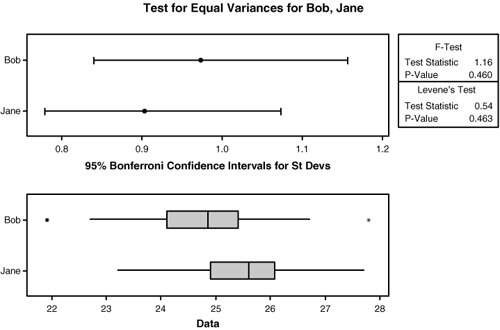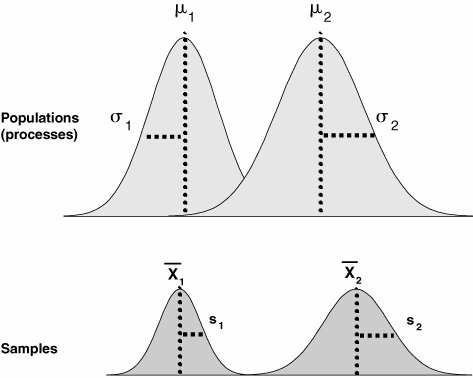Section 46. TimeGlobal Process Cycle Time
46. TimeGlobal Process Cycle TimeNoteAs with other definitions described in "TimeIndividual Step Cycle Time," "TimeProcess Lead Time," "TimeReplenishment Time," and "TimeTakt Time" in this chapter, there is disagreement between different Process Improvement camps. To be frank, it really doesn't matter which naming convention you select, as long as you measure the right thing from a project perspective and do the right things based on it. In the subsequent description, focus on what to measure, as opposed to what it's called. The naming convention used here is chosen for its clarity and practicality. If a naming convention is already established in your business, then use that; however, a little digging usually uncovers a lot of inconsistency and misuse. In reports, always list the metric and how you define it; that way confusion and inevitable fruitless debate are reduced. It is useful to read "TimeIndividual Step Cycle Time," "TimeProcess Lead Time," "TimeReplenishment Time," and "TimeTakt Time" in this chapter prior to proceeding with data capture to ensure comprehension. Overview(See also "TimeIndividual Step Cycle Time" in this chapter.) Cycle Time, when applied to the whole process, is the time between entities being processed (not the time taken for a single entity to traverse the whole process, which is known as the Process Lead Time). Thus, the Global Process Cycle Time is measured by standing at the end of the process and timing between entities as they exit the process, as shown in Figure 7.45.1. Figure 7.45.1. Graphical representation of a Test of Equal Variance. Figure 7.45.2. Test of Equal Variances for two operators: Bob and Jane (output from Minitab v14). Global Process Cycle Time and Process Lead Time can be the same if the process is always empty and processes only one entity at a time (i.e., to get an entity to fall out of the end of the process, that entity has to traverse the process from beginning to end). Clearly the Global Process Cycle Time is driven both by the Individual Step Cycle Times and the positioning of inventory (Work in Process) in the process. The Global Process Cycle Time can be reduced significantly by having the correct Work in Progress (WIP) in the system. There is also an obvious relationship here between Global Process Cycle Time and Takt Time (the pace of customer demand). Global Process Cycle Time should be balanced with Takt Time to go quickly enough to meet customer demand and yet not so quickly that you generate excess inventory. Ideally, the Global Process Cycle Time is set up to be slightly less than Takt Time, typically 95% (i.e., quicker) to retain flexibility and robustness to variation in demand. LogisticsCalculating the average Global Process Cycle Time can usually be done from data captured over a period of a week or so. To calculate variation in the Cycle Time, a longer study is needed to allow normal variation to appear in the process; for example, if there is weekly variability, then data has to be captured over a few weeks to be able to see it. It takes approximately one hour of a preparatory meeting to structure a data capture method. It is always useful to do a dry run data capture, to ensure the correct data is being captured. For more detail regarding the data capture, see "KPOVs and Data" in this chapter. Global Process Cycle Time inevitably varies by entity type. It is useful, therefore, to capture either data for just one entity type or preferably data for all (or multiple) entity types and then stratifying the Time by type during the data analysis. RoadmapIt is possible to calculate the Global Process Cycle Time from as few as 710 data points. By taking the truncated mean (discarding the highest and lowest points and averaging the rest) a good approximation can be made. If understanding the variation in the Global Process Cycle Time is required, then 2530 data points are required as a minimum. If multiple entity types are examined, seven data points per type allow calculation of an average for each type as well as the whole. If an understanding of variation is required by type, then 2530 data points per type are required.
If data for multiple entity types was captured, analyze the data as a whole and then conduct separate analyses stratifying by entity type. Interpreting the OutputInterpreting the Global Process Cycle Time should not be done in isolation from other elements. The trick is to understand the relationship between the internal times relating to our process:
And to understand the relationship with the external Customer or Market related times:
If the Global Process Cycle Time is greater than the Takt Time, then the process cannot meet Customer demand and options are
|
EAN: 2147483647
Pages: 138
